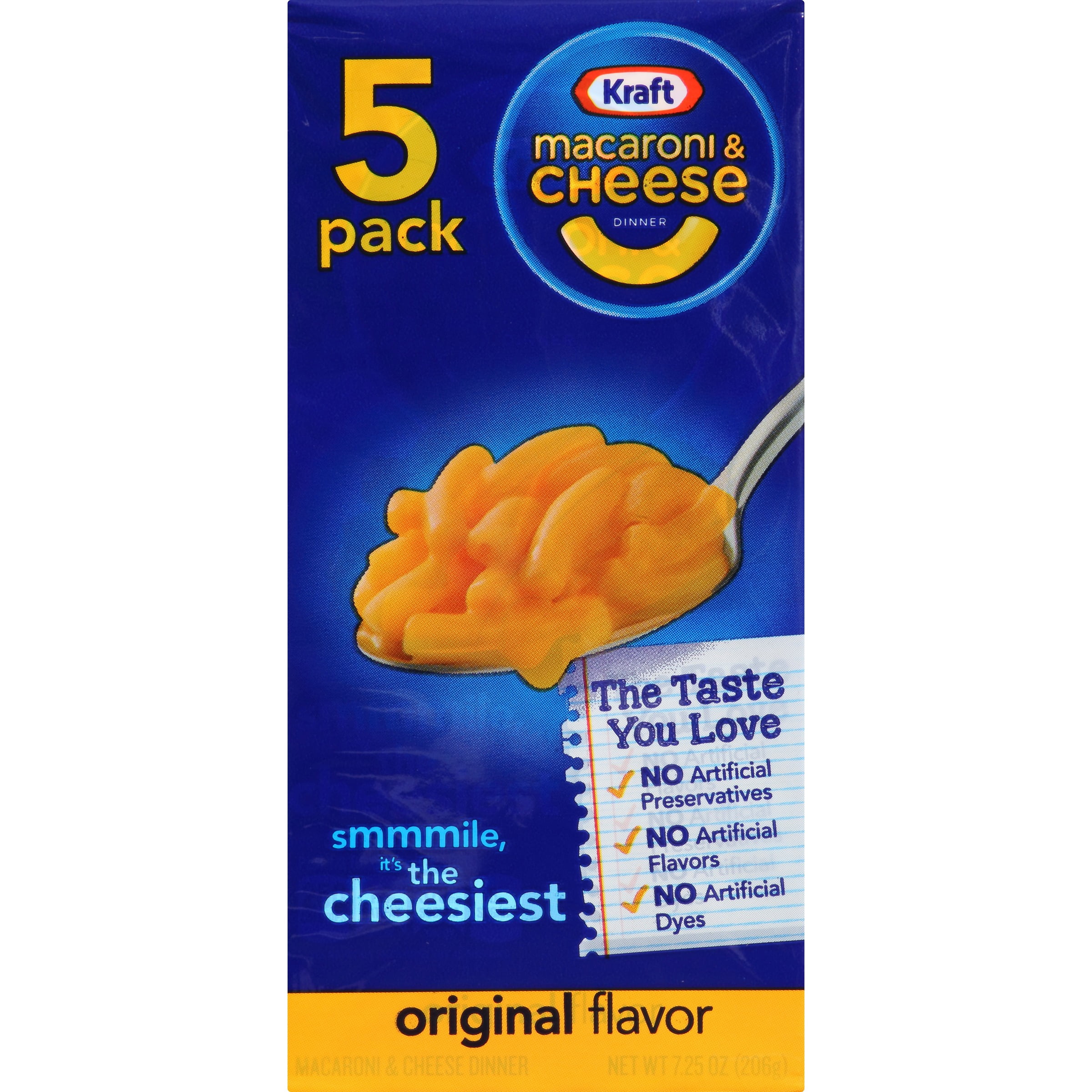

As of 2017, fentanyl was the most widely used synthetic opioid in medicine in 2019, it was the 278th most commonly prescribed medication in the United States, with more than a million prescriptions. In 2015, 1,600 kilograms (3,500 pounds) were used in healthcare globally. įentanyl was first synthesized by Paul Janssen in 1959 and was approved for medical use in the United States in 1968. Naloxone (also known as Narcan) can reverse the effects of an opioid overdose however, because fentanyl is so potent, multiple doses might be necessary. Alcohol and other drugs (i.e., cocaine, heroin) can synergistically exacerbate fentanyl's side effects. Pharmaceutical fentanyl's adverse effects resemble those of other narcotic opioids, including addiction, confusion, respiratory depression (which, if extensive and untreated, may lead to arrest), drowsiness, nausea, visual disturbances, dyskinesia, hallucinations, delirium, a subset of the latter known as "narcotic delirium," analgesia, narcotic ileus, muscle rigidity, constipation, loss of consciousness, hypotension, coma, and death.

įentanyl is also commonly known as fentanyl citrate, and is sold under the brand name Sublimaze among others. įentanyl works by activating mu-opioid receptors. Depending on the method of delivery, fentanyl can be very fast acting and ingesting a relatively small quantity can cause overdose. Because fentanyl is 50 to 100 times more potent than morphine, its primary clinical utility is in pain management for cancer patients and those recovering from painful surgical operations. Fentanyl, also spelled fentanil, is a Schedule II Controlled potent synthetic piperidine opioid drug primarily used as an analgesic.


 0 kommentar(er)
0 kommentar(er)
